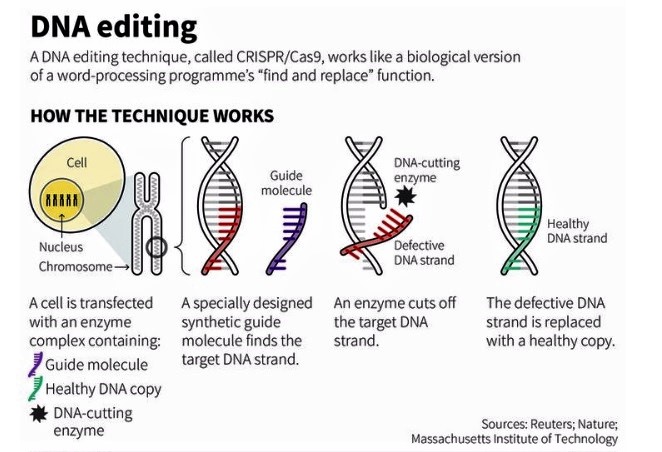7667766266
enquiry@shankarias.in
In the 10 years since it was developed, the genome editing technology called CRISPR has begun to deliver the near unlimited potential to improve the quality of human life.

Genome editing does not involve the introduction of foreign genetic material while genetic engineering does.
The 2020 Nobel Prize in Chemistry was awarded to Jennifer A. Doudna and Emmanuelle Charpentier, in recognition of their discovery of CRISPR-Cas9 gene scissors.
Genetic Engineering Appraisal Committee (GEAC), Ministry of Environment, Forest and Climate Change is the final technical body that certifies a Genetically Modified product as safe for commercial release.
References